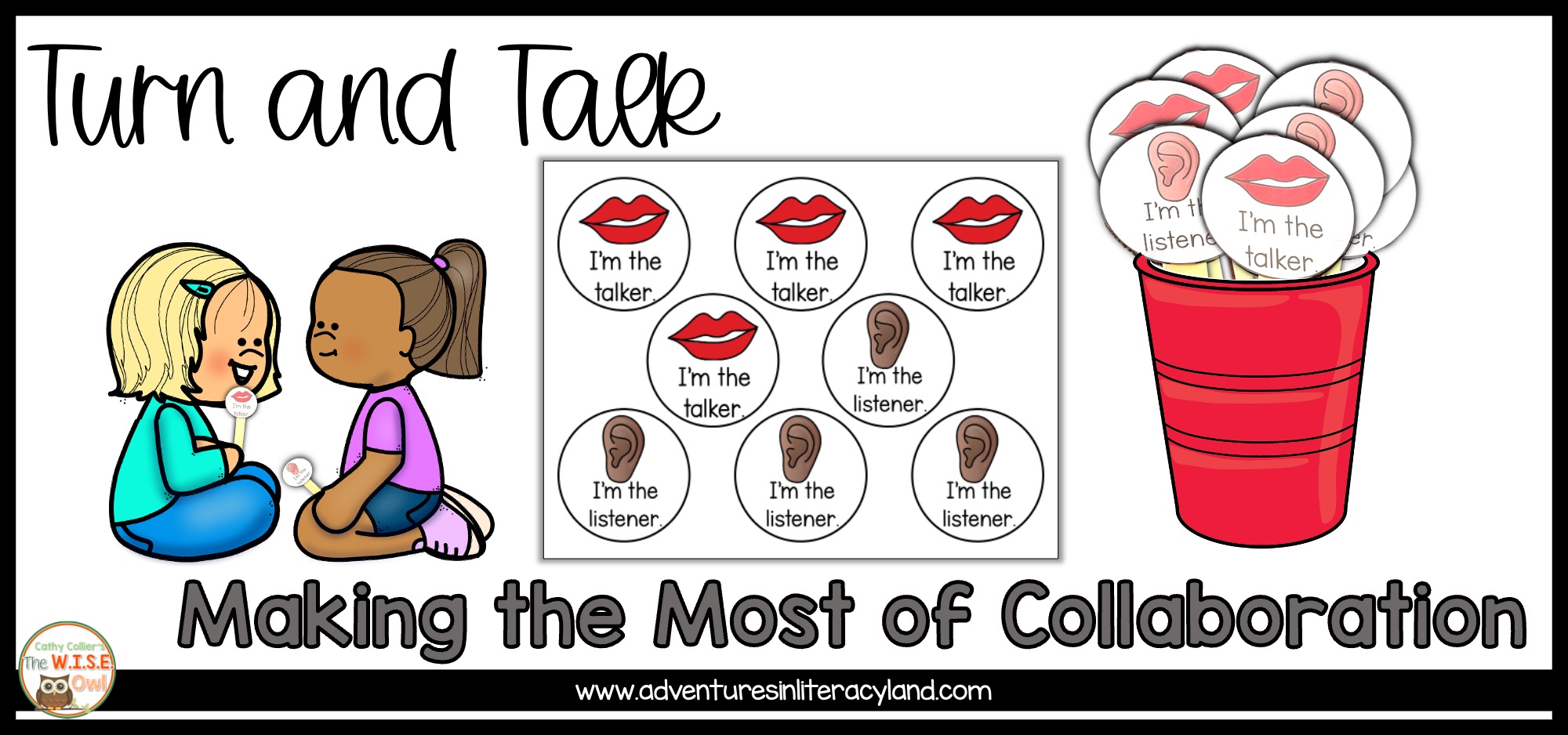Hey there everyone! It's Bex from Reading and Writing Redhead. I am here today to share some ideas for Halloween themed literature you can use in the classroom, suggest to students for their library visits, or share with parents. And I wanted to be sure to cover books for students through at least elementary school or perhaps evening for middle schoolers! Of course we all know books for students of a certain age can be appreciated by much older or younger children too. Some of the books I read to second graders are aimed to much younger readers and some are advanced chapter books. So treat my age recommendations as just that- recommendations! If the books are new to you, read them yourself first before you decide what direction to go in with them. You can find these books at your local library or click for more information about each book before you decide.

So what is your favorite Halloween book to read? Let us know in the comments below.
0
Lets check out some ideas for the very youngest of children up to about kindergarten.
The Spooky Wheels on the Bus by Elizabeth Mills- The counting in this Halloween version of the famous book goes from One Spooky Bus to Ten Goofy Ghosts. Kids will be singing this one all month!
Spooky Pookie by Sandra Boynton- This cute book has Pookie the pig trying to choose a Halloween costume! Awesome for very young babes and preschoolers.
Little Owl's Night by Divya Srinivasan - While this is not technically a Halloween book, lots of classes do owl units during October so I thought it deserved a mention. Its a cute twist on a bedtime story. Little Owl doesn't understand why anyone would want to miss the full moon. He ends up getting to sleep as the sun begins to rise. Great for babies-preschool.
Room on the Broom by Julia Donaldson - this fun story includes a witch who loses her hat, then lets a bunch of friends on her broom one by one and has kids wonder if there will be room on the broom for anyone else. It would work for preschoolers- grade 2.
The Itsy Bitsy Pumpkin by Sonali Fry is a cute little twist on the Itsy Bitsy Spider and would be great for preschoolers.
Ten Timid Ghosts by Jennifer O'Connell - in this story a witch moves into a ghosts' house and has to scare them off one by one. It is also useful if you are trying to find a book to make some math connections. This one would probably be appropriate for preschoolers-grade one.

Bone Soup by Cambria Evans is a tale of a little guy named Finnigin who is always hungry! He gets to a new town and no one will share their food with him. What will he do? If he stirs up a little magic, he must just create something good to eat.
The Night Before Halloween by Natasha Wing - great for kindergarten, first and second graders, this book in the Night Before series will get kids excited for Halloween and as a teacher I love the rhyming text!
Hallo-Weiner by Dav Pilkey is just awesome. I bought it back in 2007 and have taped and retaped it several times because the students can't seem to put it down. Its a cute story about a weiner dog who is teased for his costume but ends up saving the day (or Halloween night, actually). It appeals to kindergarteners-grade 2 or 3 I'd say.
The Best Halloween Ever by Barbara Robinson- this is the author of the well-known books The Best School Year Ever and the Best Christmas Ever. In this story, the six Herdman siblings always ruin Halloween by stealing candy and stirring up trouble - until the mayor cancels Halloween! Can it be saved?!
The Witch of Blackbird Pond by Elizabeth George Spears - a classic story that you probably already know. This is definitely for older children, perhaps ages 12-13+ and explores what would be like to be a young girl in the 1600's who is suspected of witchcraft.
Zombie Chasers by John Kloepfer - Great for grades 5-7, this book combines silly and spooky as three kids try and deal with a zombie outbreak!


































